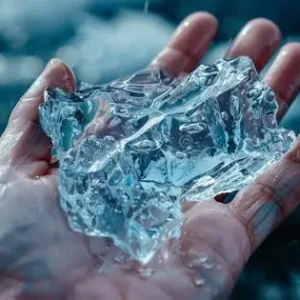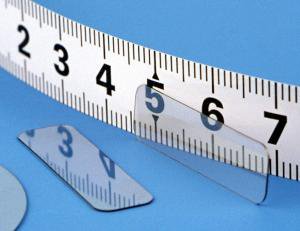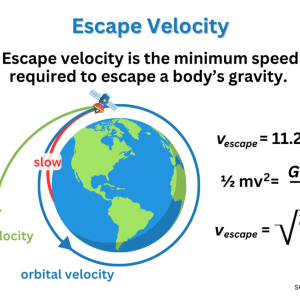
When you wet its head, it slowly lowers until it suddenly becomes almost horizontal, then straightens up after a jolt or two.
If you put a glass of water in front of it and it can dip its beak in it, the duck’s oscillations repeat themselves for a long time: it moves up and down as if it were drinking.
What makes the duck move in this way?
The duck’s body (i.e., the lower part) is filled to a certain height with a liquid that evaporates easily, usually dichloromethane.
The remaining space in the body and head contains the same chemical in a gaseous state.
The head and beak are covered with felt.
The neck consists of a tube that extends from the head down into the body; a horizontal support rod is fixed to the top of the legs, which attaches to a certain point of the neck and around which the duck is free to rotate.
By spraying water on the head, the water begins to evaporate into the surrounding air.
Since the phase transition from liquid to vapor requires thermal energy, evaporation cools the felt, the head and the vapor it contains.
As the temperature of the vapor inside the head decreases, its pressure also decreases.
However, the pressure of the vapor pocket inside the body, which is not connected to that in the head, remains constant.
This difference in pressure gradually pushes the liquid up the tube, weighing down the upper part of the duck and causing it to rotate around the support attached to the legs.
Initially the rotation is gradual, then the duck suddenly descends until it is almost horizontal.
At this point it bounces a little upwards, having touched the edge of a glass or the part of the support that limits the rotation of the body.
As soon as the duck is almost horizontal, the lower end of the tube rises above the liquid contained in the body, and for a moment the two vapor pockets are in communication and therefore bring themselves to the same pressure.
During the upward bounce, the inclination of the tube causes the liquid to descend from the head to the body, bringing the weight distribution back to the starting situation, so that the duck straightens up completely.
If, while lowering, the duck gets its beak wet, the water spreads to the felt on its head and the whole process repeats.
Patented in 1946 by two American scientists, this curious toy caught the attention of the famous mathematician John von Neumann who, during one of the sumptuous parties that he gave once or twice a week in his immense mansion in Princeton, launched the duck into frenetic drinking fits and imposed the following rule on those present: everyone would have to drink something every time the duck did so!






